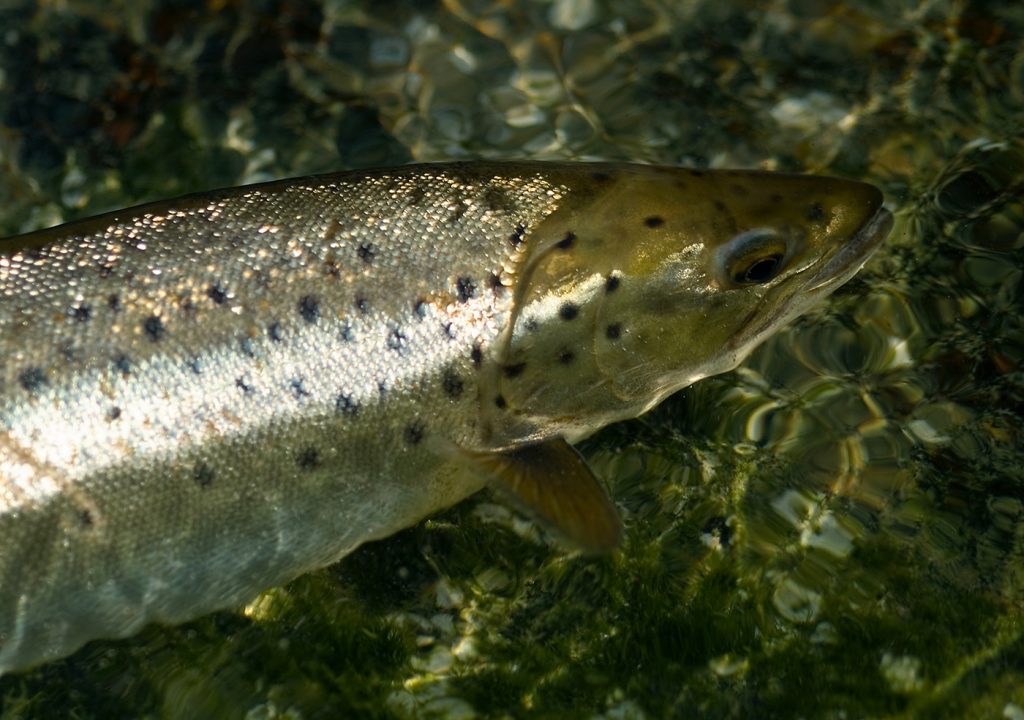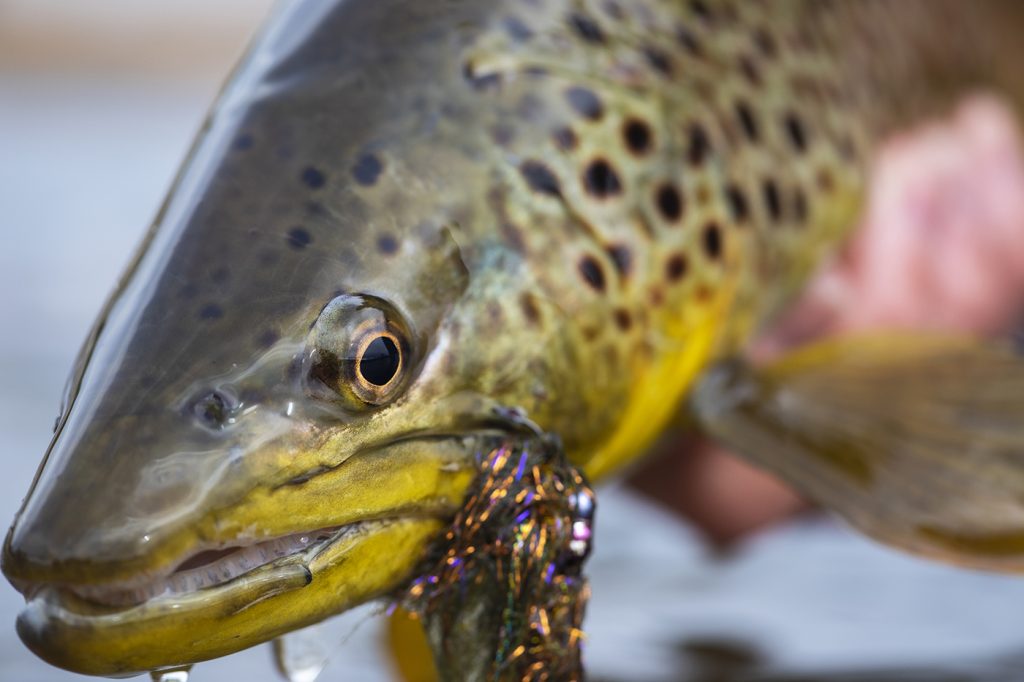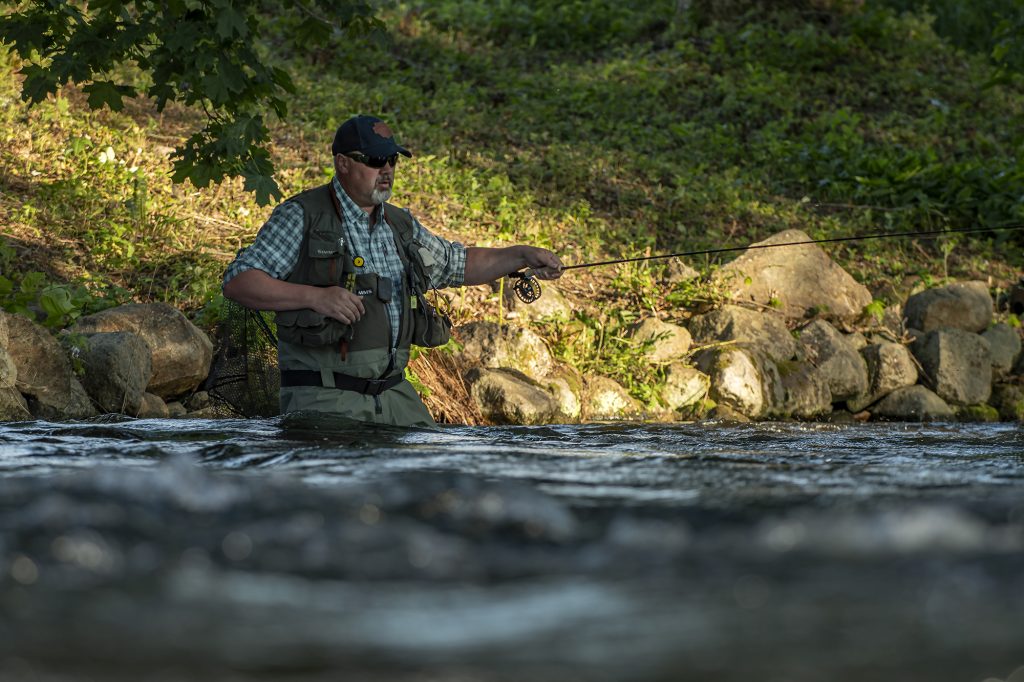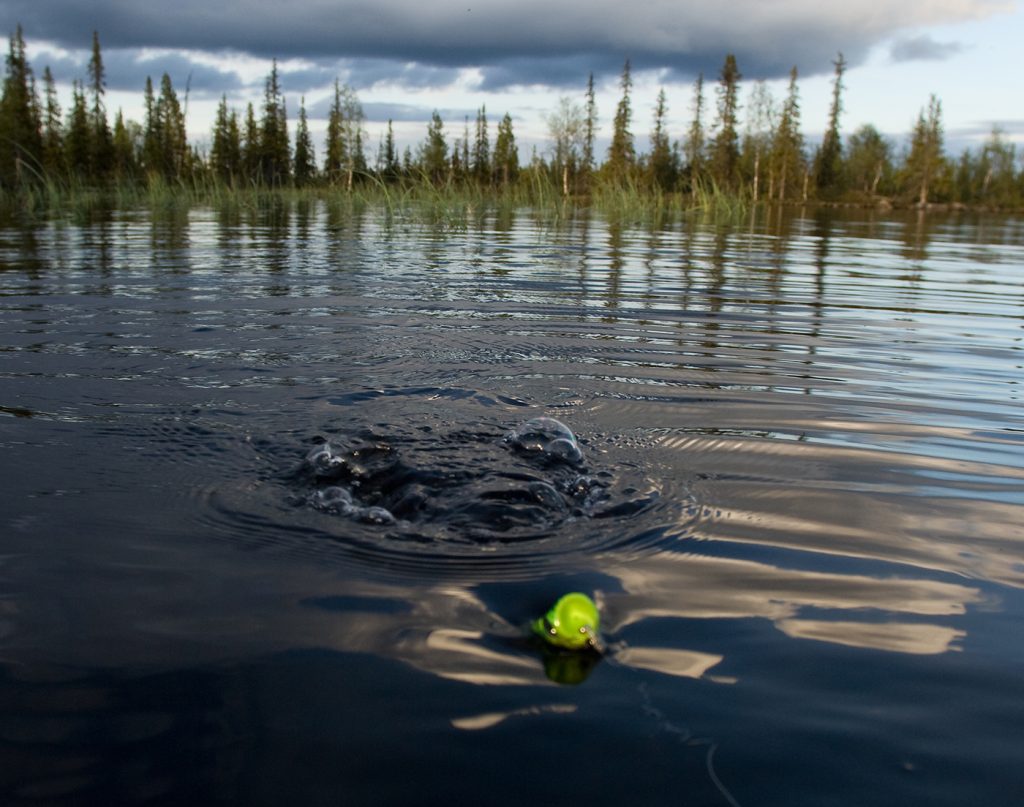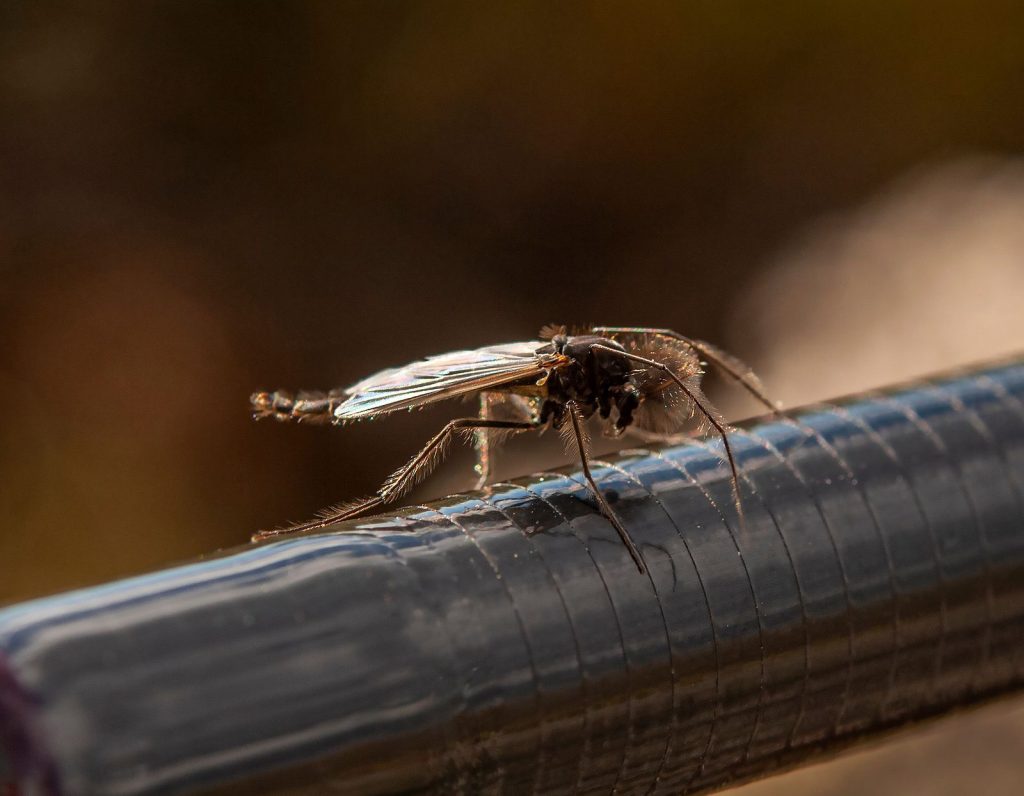
Late summer, early autumn and proximity to water leaves one certainty in life. Midges! Som love them (very few), some hate them (most) and some endure them (fly fishers). As fly fishers we must love them. Yes, sometimes there are so many that it’s impossible to do anything. You can go prepared – bug stopper clothing, repellant, mosquito net over the head and that helps. But dole always find their way in anyway. Especially the “knot” that most Scandinavians know. The smallest creature on the planet that can drive a seasoned anglers to insanity!
Continue reading “Midges”



